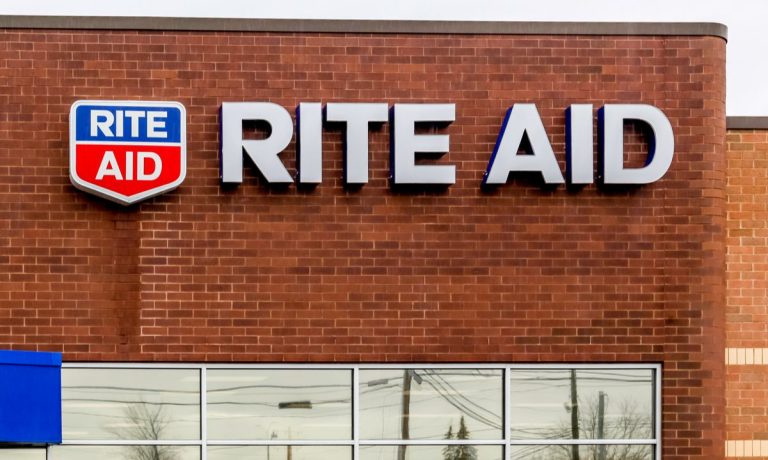Rite Aid Posts Strong Year Amid Shuttering Unprofitable Stores

Rite Aid reported a strong close to the 2022 fourth quarter and full year, while also eyeing an outlook in 2023 that leads to the shuttering of 145 stores that have so far proven to be unprofitable.
Amid struggles to compete with Walgreens, CVS Health and Walmart pharmacies, Rite Aid is looking to lower costs, which includes closing stores already announced as being shuttered in December. Rite Aid has reported losses that have only increased in recent months, adding up to a $7.18 loss per share for the period ending Feb. 26, 2022.
Read more: Need for Pharmacy Innovation Rises as Gap Between Winners, Losers Widens
“We exceeded our 2022 plan amid continuing challenges of the COVID-19 pandemic,” Rite Aid President and Chief Executive Officer Heyward Donigan said in a Thursday (April 14) statement announcing earnings and the 2023 outlook.
“As we look forward to the year ahead, we are ready and energized to compete in a new post-pandemic normal,” Donigan said.
Last month Donigan said the company was planning to streamline its operations by eliminating the chief operating officer position and consolidating its pharmacy leadership. Pharmacy reimbursement pressures and competitive threats like online retailer Amazon’s push into pharmacy are forcing drugstore chains to look at new ways to reinvent their brick-and-mortar drugstores, selling new products and adding more healthcare services.
Related: Rite Aid Shares Soar as Chain Announces Store Closure Plan
“A decision to close a store is one we take very seriously, and those decisions are based on a variety of factors that retail businesses consider such as overarching business strategy, lease and rent considerations, local business conditions and viability, and store performance,” the company said.
Rite Aid has over 2,400 retail pharmacy locations across 17 states. Through Elixir, the company provides pharmacy benefits and services to millions of members nationwide.